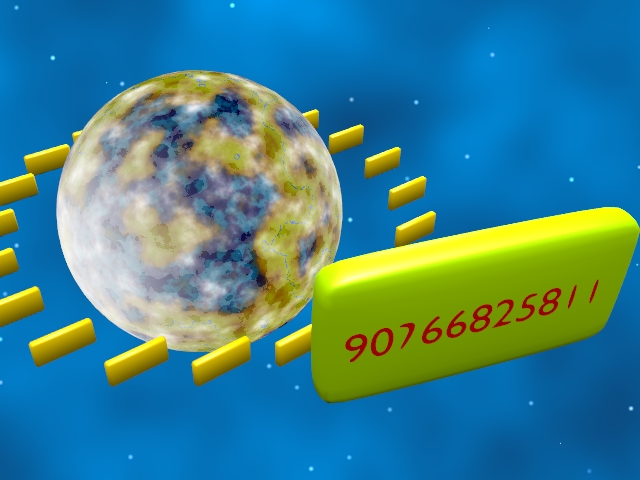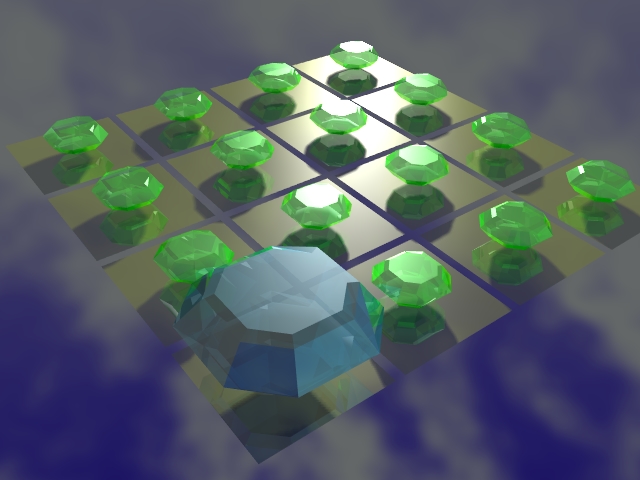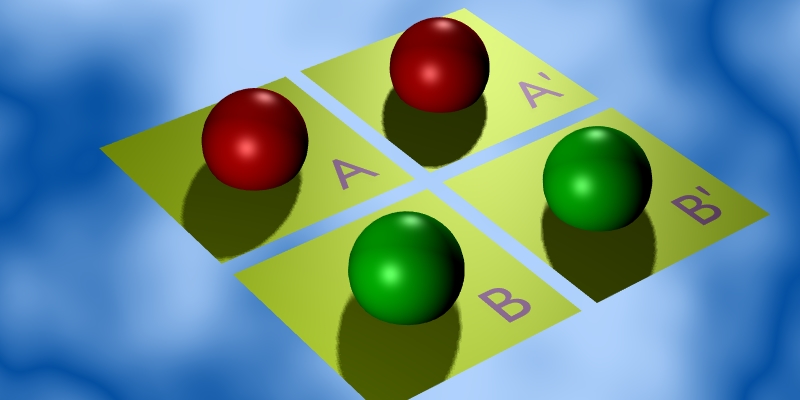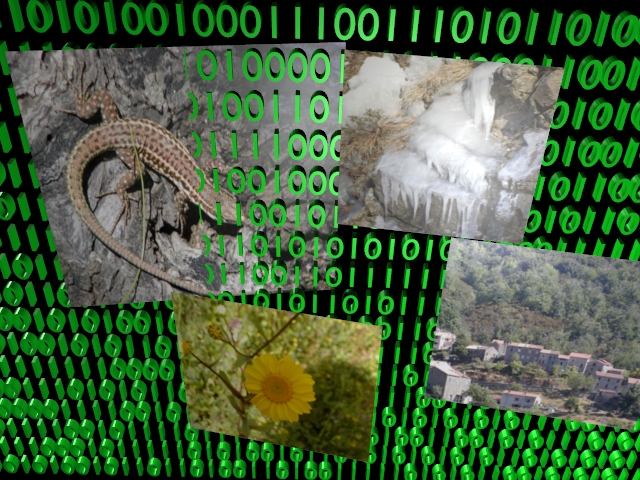A Two-Sided Ontological Solution to the Sleeping Beauty Problem

Preprint published on the PhilSci archive.
I describe in this paper an ontological solution to the Sleeping Beauty problem. I begin with describing the hyper-entanglement urn experiment. I restate first the Sleeping Beauty problem from a wider perspective than the usual opposition between halfers and thirders. I also argue that the Sleeping Beauty experiment is best modelled with the hyper-entanglement urn. I draw then the consequences of considering that some balls in the hyper-entanglement urn have ontologically different properties from normal ones. In this context, drawing a red ball (a Monday-waking) leads to two different situations that are assigned each a different probability, depending on whether one considers “balls-as-colour” or “balls-as-object”. This leads to a two-sided account of the Sleeping Beauty problem. pdf long summary
This account supersides my previous preprints on this topic. Please do no cite previous work.
Elements of Dialectical Contextualism
Posprint in English of an article appeared in French in the collective book (pages 581-608) written on the occasion of the 60th birthday of Pascal Engel.
Abstract In what follows, I strive to present the elements of a philosophical doctrine, which can be defined as dialectical contextualism. I proceed first to define the elements of this doctrine: dualities and polar contraries, the principle of dialectical indifference and the one-sidedness bias. I emphasize then the special importance of this doctrine in one specific field of meta-philosophy: the methodology for solving philosophical paradoxes. Finally, I describe several applications of this methodology on the following paradoxes: Hempel’s paradox, the surprise examination paradox and the Doomsday Argument. pdf
A Third Route to the Doomsday Argument

A paper published (2009) in English in the Journal of Philosophical Research, vol. 34, pages 263-278 (with significant changes with regard to the preprint).
In this paper, I present a solution to the Doomsday argument based on a third type of solution, by contrast with, on the one hand, the Carter-Leslie view and on the other hand, the Eckhardt et al. analysis. I begin by strengthening both competing models by highlighting some variations of their ancestors models, which renders them less vulnerable to several objections. I describe then a third line of solution, which incorporates insights from both Leslie and Eckhardt’s models and fits more adequately with the human situation corresponding to the Doomsday argument. I argue then that the resulting two-sided analogy casts new light on the reference class problem. This leads finally to a novel formulation of the argument that could well be more consensual than the original one. pdf
A Solution to Goodman’s Paradox

English Posprint (with additional illustrations) of a paper published in French in Dialogue Vol. 40, Winter 2001, pp. 99-123 under the title “Une Solution pour le Paradoxe de Goodman”. In the classical version of Goodman’s paradox, the universe where the problem takes place is ambiguous. The conditions of induction being accurately described, I define then a framework of n-universes, allowing the distinction, among the criteria of a given n-universe, between constants and variables. Within this framework, I distinguish between two versions of the problem, respectively taking place: (i) in an n-universe the variables of which are colour and time; (ii) in an n-universe the variables of which are colour, time and space. Finally, I show that each of these versions admits a specific resolution. pdf
A Dichotomic Analysis of the Surprise Examination Paradox

English translation of a paper appeared in French in Philosophiques 2005, vol. 32, pages 399-421 (with minor changes with regard to the published version).
This paper proposes a new framework to solve the surprise examination paradox. I survey preliminary the main contributions to the literature related to the paradox. I introduce then a distinction between a monist and a dichotomic analysis of the paradox. With the help of a matrix notation, I also present a dichotomy that leads to distinguish two basically and structurally different notions of surprise, which are respectively based on a conjoint and a disjoint structure. I describe then how Quine’s solution and Hall’s reduction apply to the version of the paradox corresponding to the conjoint structure. Lastly, I expose a solution to the version of the paradox based on the disjoint structure. pdf long summary
Probabilistic Situations for Goodmanian N-universes

A paper appeared (2006) in French in the Journal of Philosophical Research, vol. 31, pages 123-141, under the title “Situations probabilistes pour n-univers goodmaniens.”
I proceed to describe several applications of the theory of n-universes through several different probabilistic situations. I describe first how n-universes can be used as an extension of the probability spaces used in probability theory. The extended probability spaces thus defined allow for a finer modelling of complex probabilistic situations and fits more intuitively with our intuitions related to our physical universe. I illustrate then the use of n-universes as a methodological tool, with two thought experiments described by John Leslie. Lastly, I model Goodman’s paradox in the framework of n-universes while also showing how these latter appear finally very close to goodmanian worlds.
The Simulation Argument and the Reference Class Problem : a Dialectical Contextualism Analysis

English postprint of a paper initially published in French in Philosophiques, 2016, 43-2, pp. 371-389, under the title L’argument de la Simulation et le problème de la classe de référence : le point de vue du contextualisme dialectique
ABSTRACT. I present in this paper an analysis of the Simulation Argument from a dialectical contextualist’s standpoint. This analysis is grounded on the reference class problem. I begin with describing in detail Bostrom’s Simulation Argument. I identify then the reference class within the Simulation Argument. I also point out a reference class problem, by applying the argument successively to three different reference classes: aware-simulations, imperfect simulations and immersion-simulations. Finally, I point out that there are three levels of conclusion within the Simulation Argument, depending on the chosen reference class, that yield each final conclusions of a fundamentally different nature. pdf
A Solution to the Doomsday Argument

An article published in French in the Canadian Journal of Philosophy Volume 28, July1998, pages 227-46.
This article presents a solution for the Doomsday Argument (DA). First, I show that there is no objective criterion for choosing a reference class in general: in that case, the calculation inherent in DA cannot take place. Secondly, I consider the particular choice of a given reference class, as Leslie recommends. But the arbitrary nature of selection makes it legitimate to make multiple choices, either by extension or by restriction: DA can then be established in particular for the genus Homo, for the species Homo sapiens, for the subspecies Homo sapiens sapiens, … , for a narrowly defined class corresponding to humans who have not known computers, and so on. Finally, it appears that DA ‘works’, but its conclusion is harmless. JSTOR
The Doomsday Argument and Hempel’s Problem

Posprint in English (with additional illustrations from wikimedia commons) of a paper published in French in the Canadian Journal of Philosophy Vol.29, July 1999, pp. 139-56 under the title “Comment l’Urne de Carter et Leslie se Déverse dans celle de Hempel”. I begin by describing a solution to Hempel’s Problem. I recall, second, the solution to the Doomsday Argument described in my previous Une Solution pour l’Argument de l’Apocalypse (Canadian Journal of Philosophy 1998-2) and remark that both solutions are based on a similar line of reasoning. I show thirdly that the Doomsday Argument can be reduced to the core of Hempel’s Problem. pdf long summary